All assets that are not listed as current assets are grouped as non-current assets. A common characteristic of such assets is that they continue providing benefit for a long period of time – usually more than one year. Examples of such assets include long-term investments, equipment, plant and machinery, land and buildings, and intangible assets. Depicting your total assets, liabilities, and net worth, this document offers a quick look bookkeeping for small businesses and startups into your financial health and can help inform lenders, investors, or stakeholders about your business.
Examples of current assets include cash, cash equivalents, accounts receivable, prepaid expenses, advance payments, short-term investments, and inventories. This balance sheet also reports Apple’s liabilities and equity, each with its own section in the lower half of the report. The liabilities section is broken out similarly as the assets section, with current liabilities and non-current liabilities reporting balances by account. The total shareholder’s equity section reports common stock value, retained earnings, and accumulated other comprehensive income. Apple’s total liabilities increased, total equity decreased, and the combination of the two reconcile to the company’s total assets. When paired with cash flow statements and income statements, balance sheets can help provide a complete picture of your organization’s finances for a specific period.
We and our partners process data to provide:
Your balance sheet can help you understand how much leverage your business has, which tells you how much financial risk you face. To judge leverage, you can compare the debts to the equity listed on your balance sheet. Leverage can also be seen as other people’s money you use to create more assets in your business. By comparing your income statement to your balance sheet, you can measure how efficiently your business uses its total assets. For example, you can get an idea of how well your company can use its assets to generate revenue. According to the historical cost principle, all assets, with the exception of some intangible assets, are reported on the balance sheet at their purchase price.
Get in Touch With a Financial Advisor
- As you can see, it starts with current assets, then the noncurrent, and the total of both.
- The main purpose of preparing a balance sheet is to disclose the financial position of a business enterprise at a given date.
- Some candidates may qualify for scholarships or financial aid, which will be credited against the Program Fee once eligibility is determined.
Similar to the current ratio and quick ratio, the debt-to-equity ratio measures your company’s relationship to debt. Investors, business owners, and accountants can use this information to give a book value to the business, but it can be used for so much more. Here is an example of how to prepare the balance sheet from our unadjusted trial balance and financial statements used in the accounting cycle examples for Paul’s Guitar Shop.
The Language of Business
You’ve also taken $9,000 out of the business to pay yourself and you’ve left some profit in the bank. Returning to our catering example, let’s say you haven’t yet paid the latest invoice from your tofu supplier. You also have a business loan, which isn’t due for another 18 months.
But unless you use them in tandem with income statements and cash flow statements, you’re only getting part of the picture. Learn how they work together with our complete guide to financial statements. The balance sheet is one of the three main financial statements, along with the income statement and cash flow statement.
As described at the start of this article, a balance sheet is prepared to disclose the financial position of the company at a particular point in time. For example, investors and creditors use it to evaluate the capital structure, what does productively mean liquidity, and solvency position of the business. On the basis of such evaluation, they anticipate the future performance of the company in terms of profitability and cash flows and make important economic decisions. A balance sheet shows only what a company owns (and owes) on a specific date by displaying assets, liabilities, and equities. An income statement, on the other hand, reports revenues and expenses over a longer period.
Quick Links
As noted above, you can find information about assets, liabilities, and shareholder equity on a company’s balance sheet. The assets should always equal the liabilities and shareholder equity. This means that the balance sheet should always balance, hence the name. If they don’t balance, there may be some problems, including incorrect or misplaced data, inventory or exchange rate errors, or miscalculations. Here are five steps you can follow to create a basic balance sheet for your organization.
As you can see, the report format is a little bit easier to read and understand. Plus, this report form fits better on a standard sized piece of paper. In both formats, assets are categorized into current and long-term assets.

